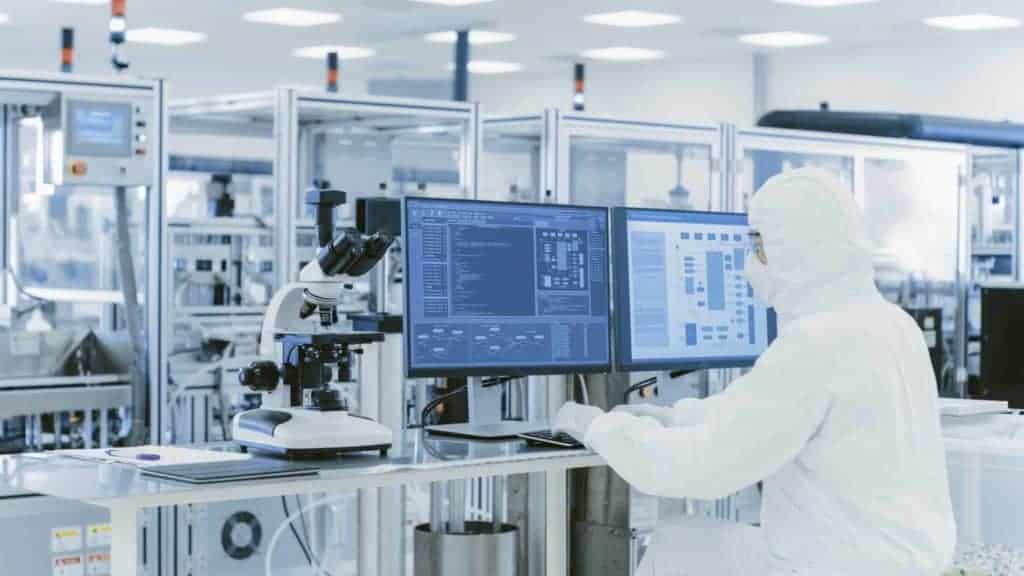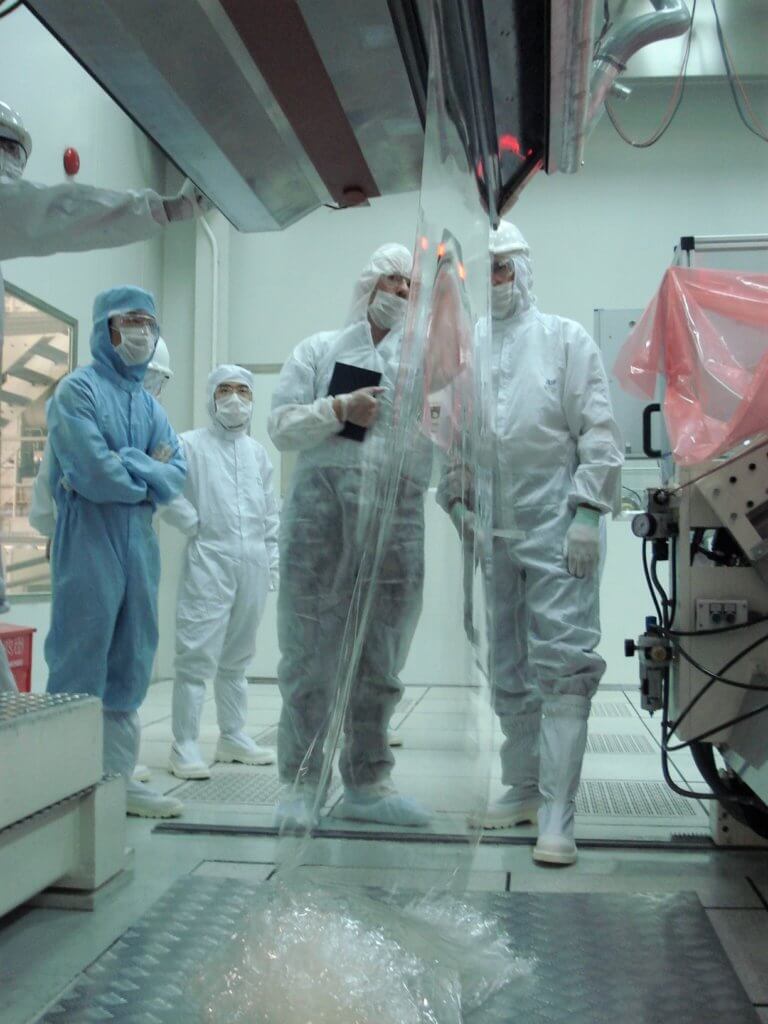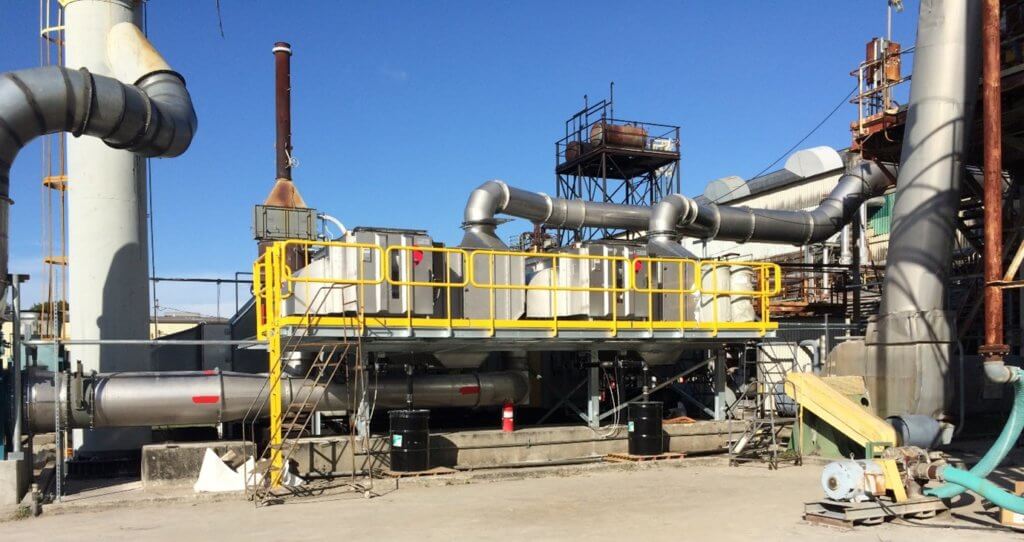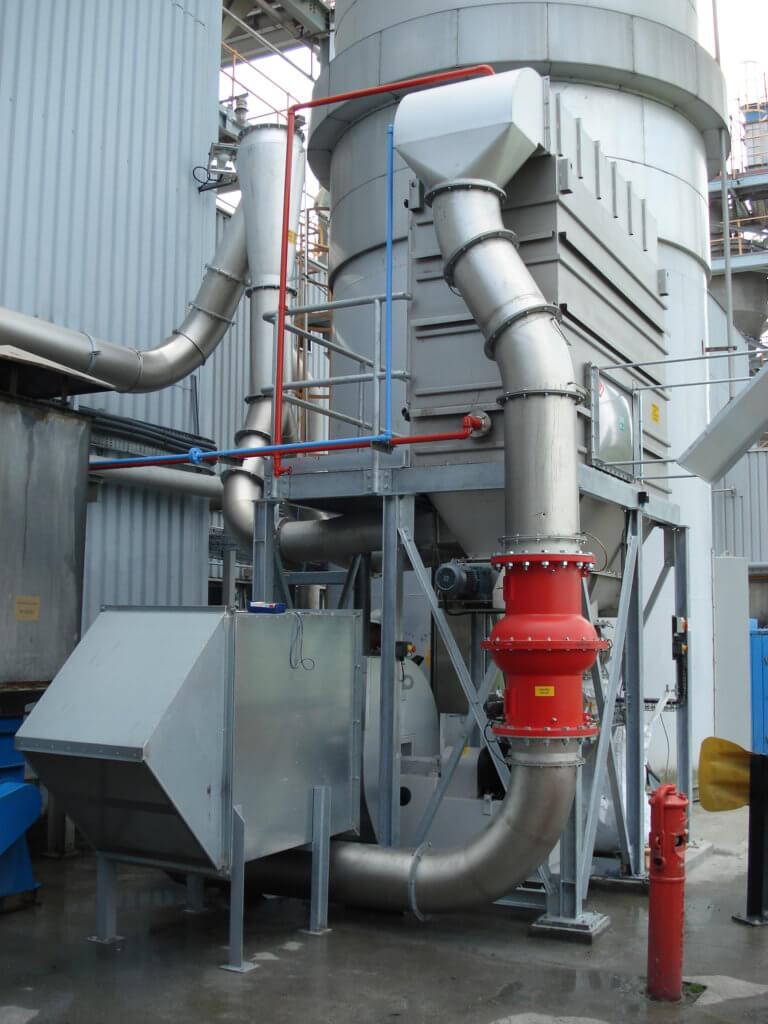A cleanroom is a facility implemented in the manufacturing process or specialized scientific research. In a cleanroom environment, the amount and the size of particles per cubic meter can be kept in control. And thus it is usually applied to industries that require stringent control of fine dust, humidity, and temperature. It plays an essential role to enhance the quality of products, maintain the product cleanness and reduce the surface defects. Common industries consist of medical plastics (pellets, sheet, film), the pharmaceutical industry, biotechnology, and semiconductor manufacturing.
Based on the quantity and size of particles per cubic meter in the air, the International Standards Organization (ISO) classifies cleanrooms into different standards, ranging from ISO class 1 (extremely clean) to ISO class 9 (clean). For example, ISO 7 which is the most common class, the concentration of particles of ≥0.5 µm and above should be below 352,000. The outdoor air in an urban area, however, has 35,000,000 particles for each cubic meter with the size ≥0.5 µm, equivalent to an ISO 9 cleanroom.

There are many sources that may generate air contamination, such as Personnel, production processes, and equipment. In order to minimize air contamination, we usually use HVAC systems to keep the humidity at low levels and reduce the heat in the working environment. We may also utilize High-efficiency Particulate Air (HEPA) filters to eliminate the particles with a diameter of 0.3 micrometers or larger. Personnel should better wear a cleanroom suit and special shoes with smooth and dust-free soles in the cleanroom environment.
How JOA technology can make a difference within the cleanroom environment?
High-end plastics production for medical and optical grade applications require a sustainable cleanroom environment. JOA cleanroom technology can promote your existing lines to a higher production quality level.
Our unique approach Micro Climate™ is effective in eliminating the ‘thermal engine’. The high-temperature production line (Die, Roll stack) will result in the ‘Thermal engine’. And it is the root cause of air quality reduction in the critical S&F cooling zone. Additionally, effective condensation control, by primary and secondary extraction hoods, protects the important melt area, minimizing surface defects. Finally, clean room Push-Jets™ guarantee equal temperature distribution in the production zone, for optimal sheet geometry control.
Compared to traditional cleanroom environments, JOA is able to guarantee product cleanness and reduce surface defects. We meet the requirements of ISO class 6/7 performance during operation with 30% air capacity reduction.



